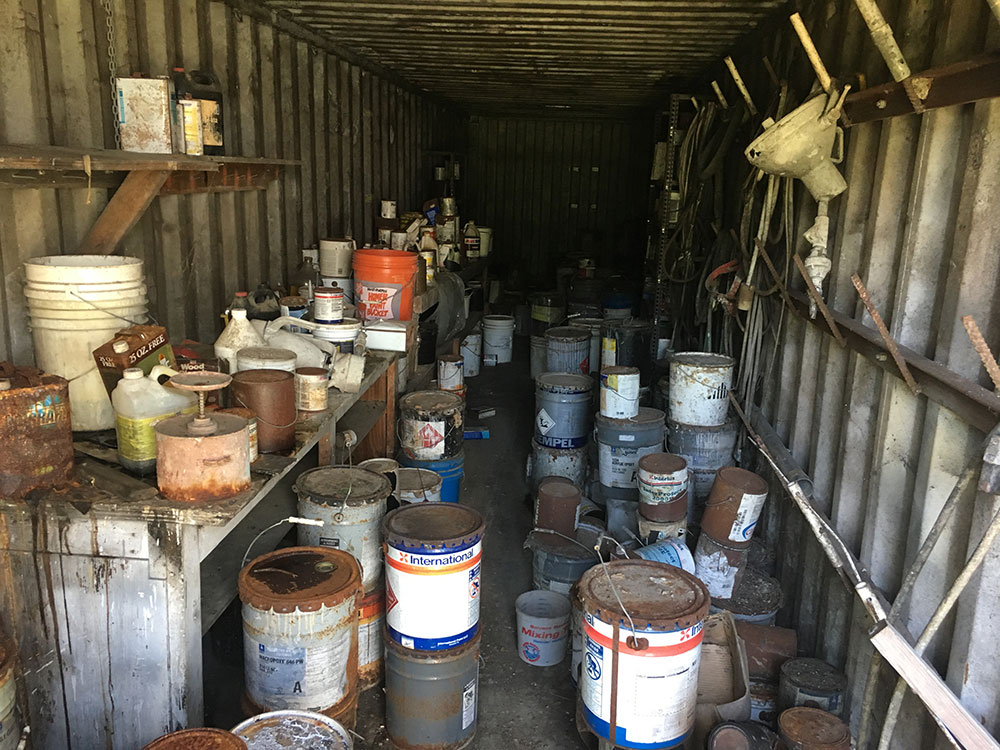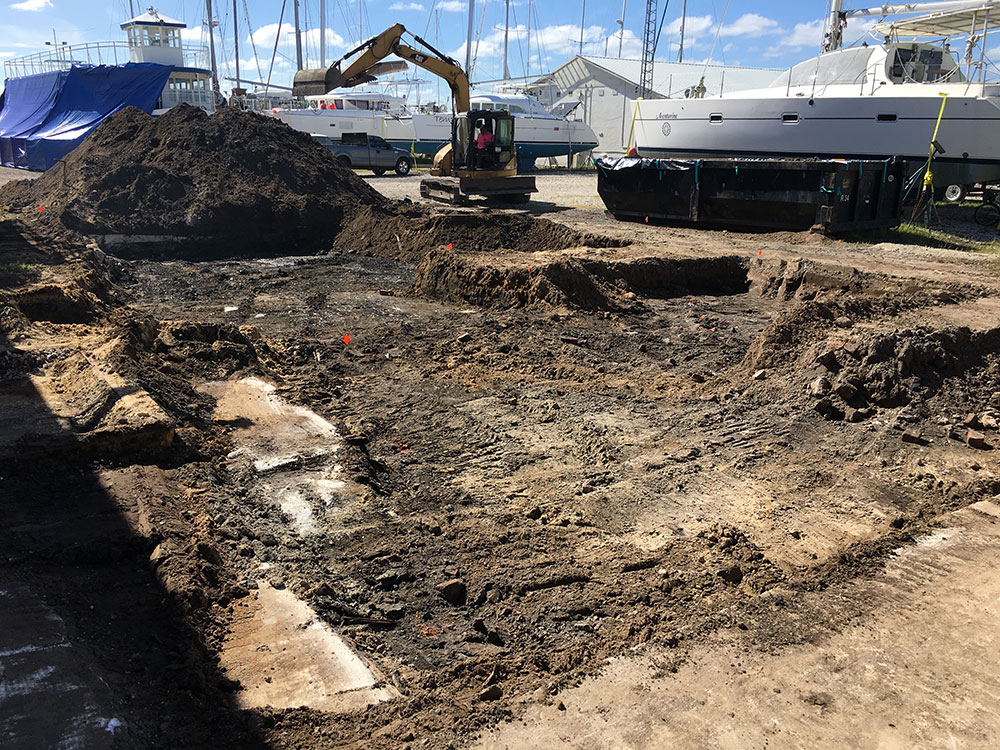Services
Cost-effective, Creative and Forward-thinking Solutions
Matanzas’ experience is field-proven, and our technical approach and management structure is adaptable to most any challenged site or project. Matanzas has accumulated extensive experience in due diligence investigations, environmental assessments, contamination assessments and remediation, Brownfield assessments, and expert witness services. In each project we demonstrate our ability to successfully deliver technically accurate, cost-effective, and on-time deliverables.
- Phase I/II Environmental Site Assessments
- Contamination Assessments (petroleum, solvent, metals, and other contaminants)
- Contaminated Soil Source Removals
- Soil, Groundwater and Surface Water Sampling
- Geological/Hydrogeological Assessments
- Expert Witness
Phase I ESA
The presence of environmental impacts significantly affects the worth of a property. The current owners of any property or site under the strict liability provisions of CERCLA can be responsible for cleanup of contaminated media. The best way for landowners and future buyers to protect themselves is invoke one of three legal defenses:
1) innocent landowner defense
2) bona fide prospective purchaser defense
3) contiguous property owner defense
However, to invoke this defense, the owner/buyer must demonstrate “all appropriate inquiry” has been made into the previous ownership and uses of the property. These investigations are typically conducted; 1) by the property owner prior to placing the property on the market; or 2) by a prospective purchaser in the due diligence phase of a property transaction. The goal of every Phase I ESA is to:
1) Provide baseline environmental information necessary for making sound business decisions associated with acquisition and financing of industrial, commercial, or developable properties.
2) Enable interested parties to evaluate environmental risks as a factor in your transaction decision.
3) Provide a useful document in negotiating the sale of the property.
Phase II ESA
Recognized environmental conditions identified in a Phase I often trigger a Phase II assessment. This type of investigation typically involves drilling into the subsurface to obtain soil and groundwater samples for laboratory analysis. The types of laboratory analyses are dependent upon the potential concerns identified during the Phase I ESA. Soils may be field screened using field instrumentation to determine the presence of organic contaminants. Temporary monitor wells are used to obtain groundwater samples and to measure depths to groundwater.
In those investigations where at least three wells are necessary, the final report will usually include a map showing direction of groundwater flow across the site.
Phase II investigations are typically performed on the following types of properties:
- Active Industrial/Manufacturing properties
- Gas stations and auto repair facilities
- Golf courses
- Former agricultural land
- Dry cleaners
- Strip shopping centers and Marinas

Contamination Assessments
Matanzas has executed contamination assessments under the State of Florida’s Contaminated Site Cleanup Criteria and the Brownfield Cleanup Criteria. One of the primary objectives in each site assessment is to gather the necessary information as quickly and cost-effectively as possible. With this objective in mind, our project managers employ the latest assessment technologies including direct-push soil and groundwater sampling, GPS referencing of sampling locations, and mobile laboratory analyses. Typical site assessment field activities include geophysical surveys, monitor well or temporary well installations, slug tests, soil/sediment sampling, surface water sampling, and groundwater sampling.

Source Removals
Source Removal Plans and their subsequent implementation vary in complexity from simple excavations to more complex dewatering exercises prior to turning dirt. When deciding on the field approach, our staff consider many variables. Chief among these variables are the needs, concerns, and budget of the client. Another critical element of source removals is close interaction with regulatory agency personnel. Our Project Managers conduct pre-assessment meetings with the necessary regulatory agencies prior to the start of complicated field events. Our success in negotiating with regulatory agencies has benefited our clients and testifies to the importance of getting a “buy-in” from the agency early in the process. Our ability to provide a detailed explanation of our technical approach to the project is key in later negotiations.

